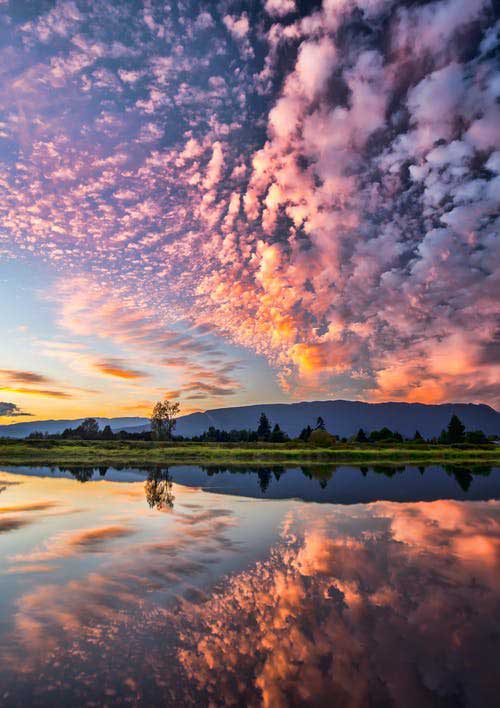Geography of Canada
Canada is the second largest country in the world after Russia in terms of land and sea borders. It is located in the north of the America and makes up 41% of this continent. This vast country has a great deal of climatic diversity due to the presence of the Pacific Ocean to the west and the Atlantic Ocean to the east and the Arctic Ocean to the north. Southern Canada shares borders with the United States and its northwest with Alaska. The country has a wealth of natural resources.
Different Regions of Canada
Canada is geographically divided into five regions:- Atlas region: It has a balanced and favorable climate and is a good place for tourism. Agriculture, fishing, mining and forestry industries are flourishing in this region.
- Central Canada: Due to its large plains, most of the country’s agricultural products are grown in this region. Central Canada includes the provinces of Ontario and Quebec and is the most populous part of Canada.
- Meadows area: consists of flat and treeless plains and suitable for agriculture.
- West Coast: Consists of the province of British Columbia and has a favorable Mediterranean climate that has led to a boom in the tourism industry.
- Northern region: In this region there are countless natural resources such as oil, gold, zinc, natural gas and lead.

Great Canadian Mountains and Plains
The Appalachian Mountains are one of the oldest mountain ranges in the world, estimated to be 380 million years old. This mountain range has many mountains and peaks, the most famous of which are Jacques-Cartier and Carlton.
Canada’s vast plains stretch from the eastern Rocky Mountains to the western slopes of the Appalachian Mountains. Fertile soil in these plains, lack of trees as well as abundant rivers and shallow valleys in this area have made it suitable for agriculture.
Canada’s vast plains stretch from the eastern Rocky Mountains to the western slopes of the Appalachian Mountains. Fertile soil in these plains, lack of trees as well as abundant rivers and shallow valleys in this area have made it suitable for agriculture.
Rivers and Lakes
9 % of Canada is covered by water and there are more than two million lakes and rivers in Canada, which make it the largest freshwater in the world. The five largest lakes on the US-Canada border are Lake Huron, Lake Erie, Lake Michigan, Lake Superior, and Lake Ontario. The southern parts of Quebec and Ontario are very green due to their proximity to these lakes.
Weather
The vastness of Canada has led to a variety of climates. The northern parts of the country have a cold climate and the southern parts have a temperate climate. The northern parts of Canada are snowy all year round, and the central parts have hot summers and cold winters due to their abundant plains. Semi-arid climate prevails in western Canada. The temperature difference varies in different parts of Canada and ranges from 45 degrees in the southern parts to -63 degrees in the northern parts.


